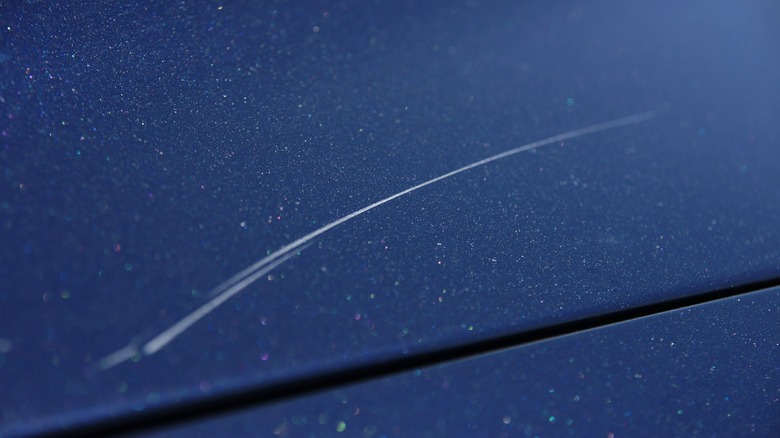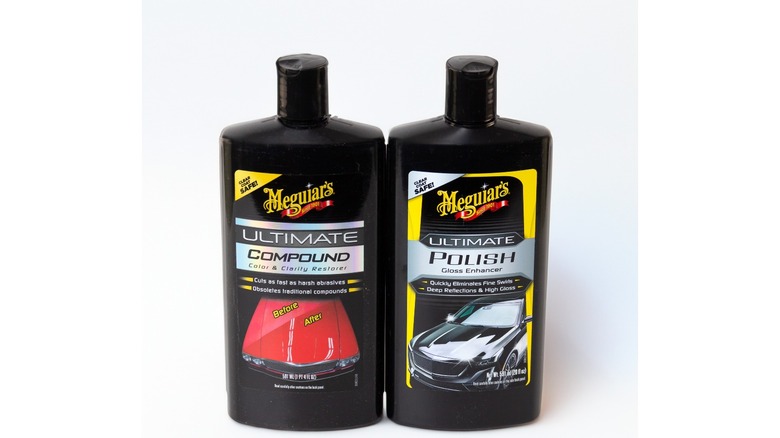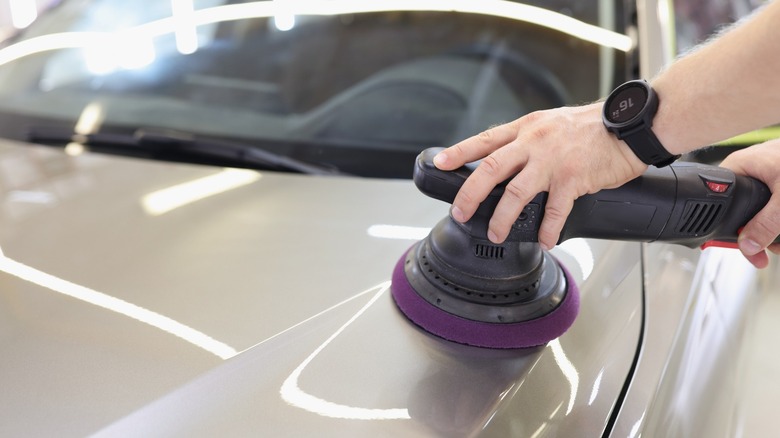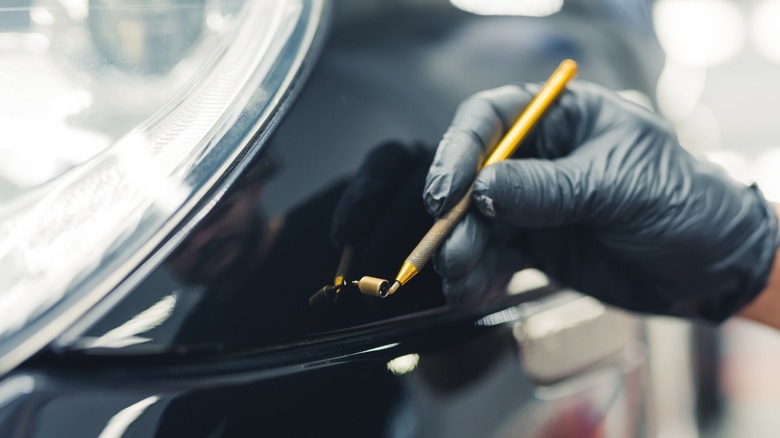How To Remove Scratches From A Black Car: 3 Proven Methods
There are many videos and guides online that can tell you how to remove scratches from your car using home remedies and other unorthodox methods. A few of these would be good if you're in a pinch and want to clear up minor scratches on your car but don't have much time or money for repairs that require expensive products.
But if you really want to remove that scratch from your ride properly, you need to do it with the proper tools and equipment. Scratches have been around ever since the first modern car hit the streets, so there are many proven methods that you can use to clean up minor damage on body paint.
Aside from the actual wax, rubbing compound, or paint you will need to remove the scratch or scratches on your car, you also need to invest in some other incidentals. These may include car wash soap, microfiber cloth, car polish, and 1000- and 2000-grit sandpaper. So, let's check out these three proven methods for removing scratches from your black car. Remember that these methods will vary depending on the damage on your paint. The first method is for the lightest of scratches limited to the clear coat, while the last method is best for damage that goes through the primer coat (or even up to the metal or plastic surface of the car's actual body).
Use a scratch removal compound
Before taking steps to remove the scratch on your car, you need to clean up the affected area first. The best thing to do is to wash your vehicle completely so you can remove surface grime and other particles that might cause further damage when you start the scratch repair process. Also, remember to avoid making mistakes when cleaning your car to avoid damaging its paint.
When the affected area (or the entire car) is cleaned and dry, apply the scratch remover compound to your microfiber cloth. Rub it then into the scratch in a circular motion while applying light pressure until the scratch fades away or completely disappears.
After completing this process, apply car polish to the area that you just worked on to restore it to its previous shine. Do this by adding car polish compound to a new microfiber cloth and then buffing the affected area. Alternatively, you can use a cordless drill and some cheap accessories that will turn it into a polisher.
Use a light rubbing compound and light sandpaper
If the scratch goes deeper than the clear coat and has reached the base paint on your black car, you need to sand down a bit of the affected area to remove the scratched layer. This is best if the scratch isn't too deep, though, as you don't want to sand off too much paint.
Again, the first thing you should do is wash your car to remove dirt, dust, and debris from the surface you'll work on. Once done and dry, you need to sand down the affected area using 2000-grit sandpaper. Remember to apply water to the scratches while you're sanding and to periodically check the surface you're sanding.
Once the damage is gone, you should then apply rubbing compound to a clean microfiber cloth or a polisher and buff out the dull, matte area that you sanded down. After applying the rubbing compound, finish your work with a couple of passes of the car polish compound and polisher to bring back the old shine of your ride.
Apply touch-up paint
The previous methods will work if the scratch is light enough that it doesn't go over the base coat layer on your car. But if it's deeper than that, you'd likely want to apply some touch-up paint to the affected area. This is crucial if you can already see the primer under your car's black coat. Also, remember to find the correct paint code for your car, as there are different shades of black. If you use the wrong color, the scratch might even show up more after you complete this repair.
Just like all the other methods, the first step is to clean and dry your car. Once done, sand the affected area with a 1000-grid sandpaper to smoothen the affected area. When you can no longer feel the rough edges of the scratch, sand it again with the 2000-grit sandpaper, and then wipe off the dust from the sanding you did.
After you've prepared the damaged area, apply touch-up paint to the scratch using a toothpick or a fine-tipped brush. Once you no longer see a different color (i.e., you've completely painted over the scratch), let the paint dry and then sand it again with the 2000-grit sandpaper until the paint you applied blends in with the original body paint. From there, apply rubbing compound, buff the affected area, and then apply car polish to finalize your repair work.
If you try all these methods but the scratch is still there, or if the damage is too extensive, then consider going to a professional detailer or a body repair shop. That way, they can return your car to its previous gloss and shine.



